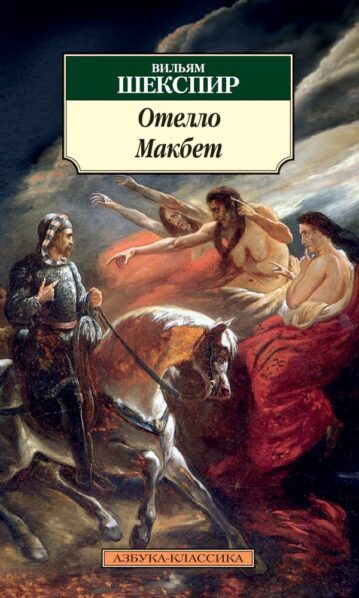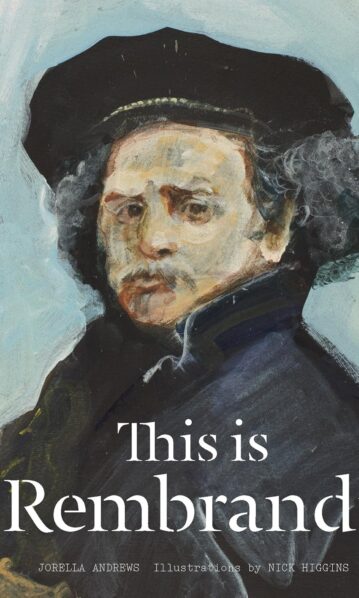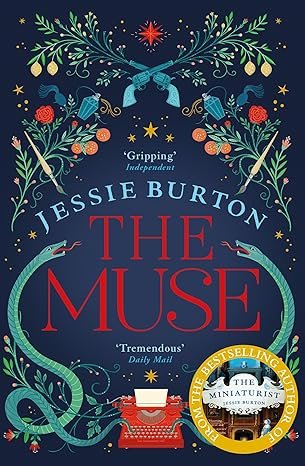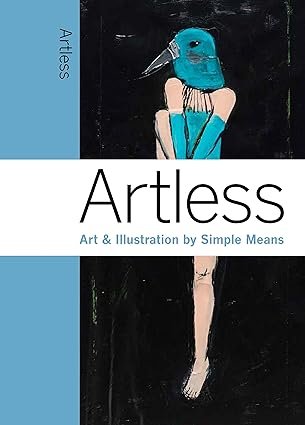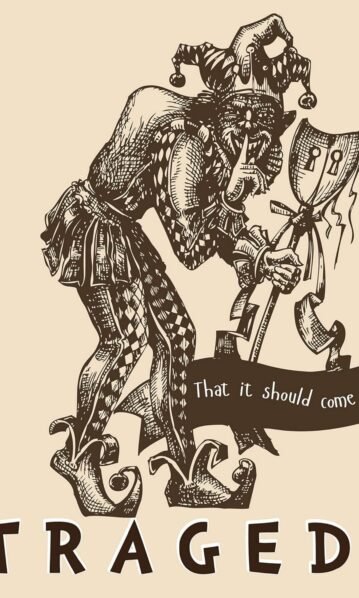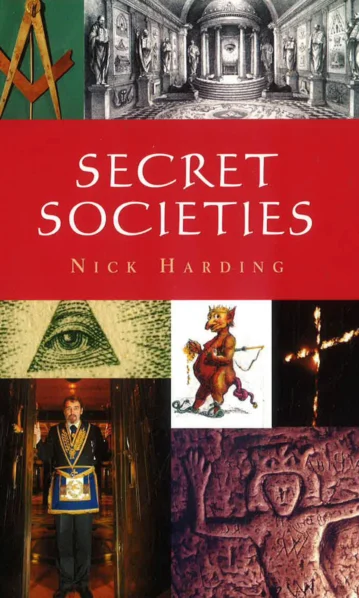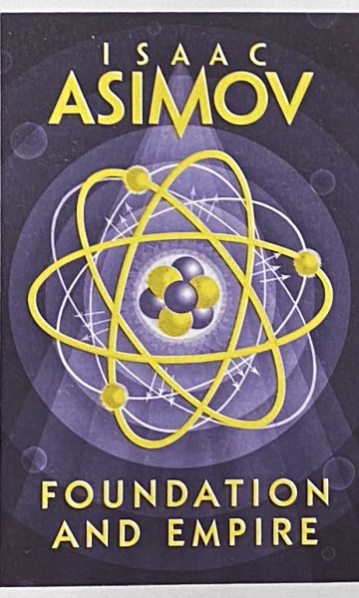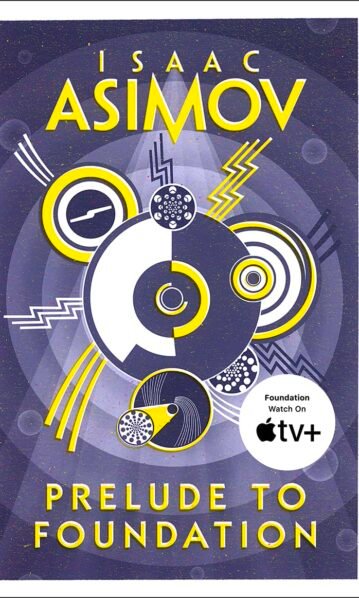2016
სვანის მხარეს
24,90 ₾მარსელ პრუსტი (1871-1922) მე-20 საუკუნის ერთ-ერთ ყველაზე გავლენიან მწერლადაა აღიარებული, მიუხედავად იმისა, რომ მას „ერთი ნაწარმოების ავტორს“ უწოდებენ. ფრანგი მწერალი, რომელიც მოდერნიზმის მამამთავრად, დეკადენტური რომანის ფუძემდებლადაა მიჩნეული, ცნობილი გახდა შვიდი რომანისგან შემდგარი ციკლით – „დაკარგული დროის ძიებაში“. „სვანის მხარეს“ ამ ციკლის პირველი წიგნია.
მაღალი წრის შეძლებულ ოჯახში დაბადებულ-გაზრდილი მწერლის ცხოვრებაზე გავლენა მოახდინა XIX-XX საუკუნეთა მიჯნაზე მომხდარმა მნიშვნელოვანმა ცვლილებებმა საფრანგეთის ისტორიაში. ფრანგული არისტოკრატიის ზეგავლენის შესუსტება და საშუალო კლასის მომძლავრება შემდგომ მის შემოქმედებაშიც აისახა. „დაკარგული დროის ძიებაში“ მარსელ პრუსტის რეალური ცხოვრების სხვადასხვა ეტაპზე მიღებული, გონებაში ღრმად დალექილი შთაბეჭდილებების ნაკრებია. ციკლის პირველ წიგნში მთხრობელი საკუთარ ბავშვობას იხსენებს. ცხრა წლის მარსელი ასთმით დაავადდა და იძულებული გახდა, ზაფხული ილიეში გაეტარებინა. ილიე „დაკარგული დროის ძიებაში“ კომბრედ იქცა. სწორედ იქ მიმდინარეობს რომანის უმთავრესი პერიპეტიები. „სვანის მხარეს“ გარდა მთხრობელის ბავშვობისა, ოჯახის ძველი მეგობრის, მესიე სვანის ცხოვრების ერთ მნიშვნელოვან ეპიზოდზეც გვიყვება. ღრმად ფილოსოფიურ-ფსიქოლოგიური, „იმპრესიონისტული“ ტექსტი, რომელიც მოვლენათა ობიექტურად გაანალიზების ნაცვლად ინტუიციურ წვდომას, სუბიექტურ აღწერას გვთავაზობს, ღრმად იჭრება მკითხველის გონებაში და წარუშლელ შთაბეჭდილებას ტოვებს.
აღსანიშნავია, რომ „სვანის მხარეს“ ქართულად პირველად გამოიცემა – წიგნის გამოსვლიდან (1913 წ.) საუკუნეზე მეტი ხნის შემდეგ.
პინოკიოს თავგადასავალი
6,90 ₾,,პინოკიოს თავგადასავალი‘‘ ერთ-ერთი ყველაზე სასაცილო და გულისამაჩუყებელი კლასიკური საბავშვო ზღაპარია ხის კაცუნაზე. იგი 240 ენაზეა თარგმნილი, რაც კიდევ ერთხელ უსვამს ხაზს მის პოპულარობას. ამ სასაცილო ისტორიას ხის კაცუნაზე, რომელიც ოცნებობს გახდეს ნამდვილი ბიჭი, უკვე მრავალი წელია ყველგან ინტერესით კითხულობენ. ყველაფერი კი იმით დაიწყო, რომ მარტოხელა მოხუცმა ოსტატმა, ჯეპეტომ, მოლაპარაკე ხის ნაჭრიდან თოჯინა გამოთალა. გრძელცხვირა პინოკიო ცოტა მავნე, მაგრამ კეთილი ხის კაცუნაა; ურჩი, ჯიუტი და დაუდგრომელია, თუმცა ამავდროულად – ძალიან მგრძნობიარეც. ზარმაც პინოკიოს არ უნდა სკოლაში სიარული, უყვარს ტყუილები, რის გამოც, ისედაც გრძელი ცხვირი კიდევ უფრო ეზრდება. იგი ხშირად ხვდება უსიამოვნებებშიც: ცბიერი მელა და კატა მოატყუებენ, ციხეშიც ჩასვამენ, სახედრადაც გადაიქცევა და ბოლოს, მშიერი ზვიგენიც გადაყლაპავს. ამასობაში პინოკიო გაიაზრებს სიკეთისა და კარგი საქციელის ფასს და მიხვდება, როგორ უნდა აიხდინოს სანუკვარი ოცნება.
Dürer
58,00 ₾The art, theory, and woodcut print revolution of Albrecht Dürer
A polymath of the German Renaissance, Albrecht Dürer (1471–1528) was a prolific artist, theorist, and writer whose works explored everything from religion to art theory to philosophy. His vast body of work includes altarpieces, portraits, self-portraits, watercolors, and books, but is most celebrated for its astonishing collection of woodcut prints, which transformed printmaking from an artisan practice into a whole new art form.
Dürer’s woodcuts astonish in scale as much as detail. Through works such as Apocalypse and the Triumphal Arch for Emperor Maximilian I, he created dense, meticulous compositions that were much larger, much more finely cut, and far more complex than any earlier woodcut efforts. With an ambitious tonal and dynamic range, he introduced a new level of conceptual, emotional, and spiritual intensity. His two major woodcut series on Christ’s Passion, named The Large Passion and The Small Passion after their size, are particularly remarkable for their vivid human treatment of the Christian narrative. In his copper engraving, Melancholia I, meanwhile, Dürer created a startling vision of emotional ennui, often cited as a defining early image of a depressive or melancholic state.
Ever inquisitive, Dürer absorbed ideas not only from masters and fellow artists in Germany but also from Italy, while his own influence extended across Europe for generations to come. In this essential TASCHEN introduction, we explore this pioneering figure’s complex practice, his omnivorous intellect, and the key works which shaped his enduring legacy.
Ando
58,00 ₾Tadao Ando, master of the serene yet mighty
In this essential TASCHEN introduction to Tadao Ando we explore the hybrid of tradition, modernism, and function that allows his buildings to enchant architects, designers, fashion designers, and beyond. Through key projects including private homes, churches, museums, apartment complexes, and cultural spaces, we explore a uniquely monumental yet comforting aesthetic that draws as much on the calm restraint of Japanese tradition as the compelling modernist vocabularies of Bauhaus and Le Corbusier.
With featured projects in Japan, France, Italy, Spain, and the United States, we see not only Ando’s global reach but also his refined sensitivity for the environs: the play of light through windows, and, in particular, the interaction of buildings with water. From the mesmerizing Church of the Light in Osaka to the luminous Punta della Dogana Contemporary Art Center in Venice, this is a radiant tour through a distinctly contemporary form as much as a timeless appeal of light, elements, and equilibrium.
Michelangelo
58,00 ₾Michelangelo, in pursuit of the beautiful and sublime
Italian-born Michelangelo di Lodovico Buonarroti Simoni (1475–1564) was a tormented, prodigiously talented, and God-fearing Renaissance man. His manifold achievements in painting, sculpture, architecture, poetry, and engineering combined body, spirit, and God into visionary masterpieces that changed art history forever. Famed biographer Giorgio Vasari considered him the pinnacle of Renaissance achievement. His peers called him simply “Il Divino” (“the divine one”).
This book provides the essential introduction to Michelangelo with all the awe-inspiring masterpieces and none of the queues and crowds. With vivid illustration and accessible texts, we explore the artist’s extraordinary figuration and celebrated style of terribilità (momentous grandeur), which allowed human and biblical drama to exist in compelling scale and fervor. Through the power hubs of Renaissance Italy, we take in his major commissions and phenomenal capacity for compositional schemes, whether the famous Medici library in Florence, or the extraordinary 500-square-meter ceiling (1508–1512) in the Vatican’s Sistine Chapel.
From the towering David to the aching grief and faith of The Pietà and the vivid drama of the Sistine Chapel’s Last Judgment, this is a succinct, dependable reference to a true giant of art history and to some of the most famous artworks in the world.
Piano
58,00 ₾The exploration and iconoclasm of an Italian master
While some architects have a signature style, Renzo Piano seeks to apply coherent ideas to extraordinarily different projects. His buildings impress as much for their individual impact as for their diversity of scale, material, and form.
Piano rose to international prominence with his codesign of the Pompidou Center in Paris, described by The New York Times as a building that “turned the architecture world upside down.” Since then, he has continued to craft many high-profile cultural spaces, including the Modern Wing of the Art Institute of Chicago; the Morgan Library Renovation and Expansion in New York; and, most recently, the Whitney Museum of American Art, an asymmetric nine-story structure in Manhattan’s Meatpacking District with both indoor and outdoor galleries. In New York and London, the Renzo touch has also transformed the skyline with the towers of the New York Times Building and the Shard, the tallest building in the European Union.
This essential introduction travels from Osaka, Japan, to Bern, Switzerland, and through many cities, structures, and islands in between, to explore the staggering scope of the Renzo Piano repertoire. From the “inside-out” Pompidou to the airy shells of the Tjibaou Cultural Center in Nouméa, New Caledonia, this is a thrilling journey through the beauty of architecture, where, in Piano’s own words, “each time, it is like life starting all over again.”
Sport Management: The Basics
72,00 ₾Sport Management: The Basics is an engaging and accessible introduction to sport management which considers a range of contemporary philosophical. social. cultural and political matters as they impact on this growing field. Drawing links between academic theory and practice. it explores the current challenges facing managers in the sport industry. addressing topics including:
the history of sport management
the role of the manager
levels of management
the public. private and voluntary sectors
sport management in the global marketplace
With suggestions for further reading throughout the text. a comprehensive chapter on employment and employability. and case studies which explore both theory and practice. Sport Management: The Basics offers a clear and concise introduction for anyone seeking to study or work in sport management.
Всадник без головы
16,00 ₾“Всадник без головы”, прославивший имя своего создателя, английского писателя Майн Рида, по праву считается эталоном приключенческого романа. Сюжет романа выстроен столь искусно, что держит в напряжении до самой последней страницы. Не случайно захватывающая история благородного мустангера Мориса Джеральда и его возлюбленной, прекрасной Луизы Пойндекстер, расследующих зловещую тайну всадника без головы, чья фигура при своем появлении наводит ужас на обитателей саванны, чрезвычайно полюбилась читателям Европы и России, не одно поколение которых выросло на этом произведении, проникнутом верой в силы честных и смелых людей.
Lines
65,00 ₾What do walking, weaving, observing, storytelling, singing, drawing and writing have in common? The answer is that they all proceed along lines. In this extraordinary book Tim Ingold imagines a world in which everyone and everything consists of interwoven or interconnected lines and lays the foundations for a completely new discipline: the anthropological archaeology of the line.
Ingold’s argument leads us through the music of Ancient Greece and contemporary Japan, Siberian labyrinths and Roman roads, Chinese calligraphy and the printed alphabet, weaving a path between antiquity and the present. Drawing on a multitude of disciplines including archaeology, classical studies, art history, linguistics, psychology, musicology, philosophy and many others, and including more than seventy illustrations, this book takes us on an exhilarating intellectual journey that will change the way we look at the world and how we go about in it.
This Routledge Classics edition includes a new preface by the author.
Foundation
32,00 ₾The first novel in Isaac Asimov’s classic science-fiction masterpiece, the Foundation series For twelve thousand years the Galactic Empire has ruled supreme. Now it is dying. But only Hari Seldon, creator of the revolutionary science of psychohistory, can see into the future–to a dark age of ignorance, barbarism, and warfare that will last thirty thousand years. To preserve knowledge and save humankind, Seldon gathers the best minds in the Empire–both scientists and scholars–and brings them to a bleak planet at the edge of the galaxy to serve as a beacon of hope for future generations. He calls his sanctuary the Foundation.
Prelude to Foundation
32,00 ₾The Prelude to Foundation is a captivating read that sets up the Foundation series. It tells the story of Hari Seldon and the genesis of psychohistory. The book is filled with twists, turns, and surprises that are purely Asimov. However, the font and type size may be difficult for senior readers, and there is a lack of female representation. Overall, it’s an excellent addition to the Foundation Trilogy story that both old and new fans will enjoy.
Maestra
29,00 ₾By day Judith Rashleigh is a put-upon assistant at a London auction house.
By night she’s a hostess in one of the capital’s unsavoury bars.
Desperate to make something of herself, Judith knows she has to play the game. She’s learned to dress, speak and act in the interests of men. She’s learned to be a good girl. But after uncovering a dark secret at the heart of the art world, Judith is fired and her dreams of a better life are torn apart.
So she turns to a long-neglected friend.
A friend that kept her chin up and back straight through every past slight.
A friend that a good girl like her shouldn’t have: Rage.
Morrison: Song of Solomon
32,00 ₾In 1930s America Macon learns about the tyranny of white society from his friend Guitar, though he is more concerned with escaping the familial tyranny of his own father. So while Guitar joins a terrorist group Macon goes home to the South, lured by tales of buried family treasure. But his odyssey back home and a deadly confrontation with Guitar leads to the discovery of something infinitely more valuable than gold: his past and the origins of his true self.



